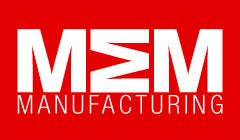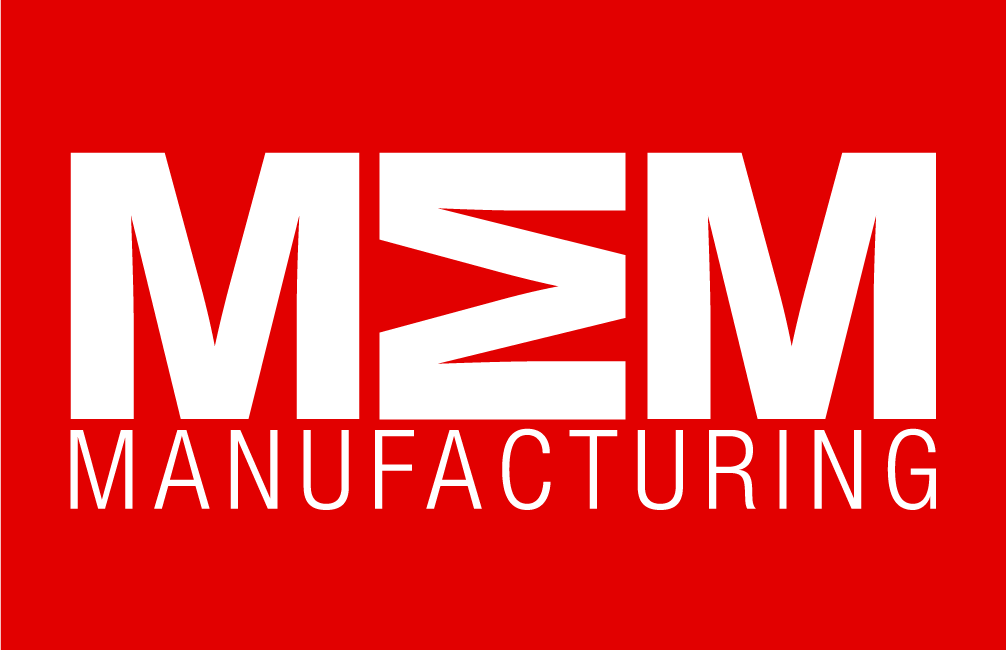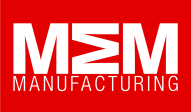Established over 100 years ago, LPA Group Plc is one of the worldâs leading electromechanical systems manufacturers, specialising in the design and assembly of LED based lighting and electronic systems. LPA provides cost effective electromechanical solutions to improve reliability and reduce maintenance and life cycle costs for global rail, aerospace and defence, aircraft support, infrastructure, marine, and industrial markets.
With 200 staff across four UK locations, and exporting to nearly 50 countries, LPA is increasingly turning to new technology, including the adoption of innovative dashboard technology and scoreboards, to enhance its solutions.
The challenge
Dave Morgan, IT Manager at LPA explains, Originally, information was held in separate spreadsheets, preventing comprehensive reporting and the development of KPIs. This data was migrated into a visual management format using a free dashboarding programme, but with this limited to just five users per dashboard, it was very restrictive. The additional problem of no real-time updates meant we had to manually refresh the data.
While the initial dashboarding option did break the ice with visual management amongst staff, it soon became clear that LPA needed a better solution.
Implementation
LPA installed Dynistics Active Dashboards in May 2016, and now use 15 scoreboards and 30 dashboards across the business. These dashboards report on sales against budget, creating graphical representations of KPIs against sales and capacity against demand. They also chart production scheduling levels and job sharing at each work centre.
Previously, dashboards were only accessible to a select few. After deploying Dynistics Active Dashboards, a large proportion of the workforce moved towards a more data-driven way of thinking, with impressive results, says Dave.
The outcome
The business was built from the ground up, with no real KPIs or fact-based decision making, as gut feel had always sufficed.
Now through the introduction of touchscreens in each work centre, they are able to show current orders and their compliance with manufacturing due dates, and the software enables staff to drill down to specific details to identify any issues. For a multi-location organisation like LPA, a further strength was the ability to draw information simultaneously from multiple sources. This has meant a cultural shift for the business as whole, and a positive one too.
Empowering employees
Scorecards are now used by all employees, regardless of management-level.
Dave went on to say: Itâs about visually showing whatâs going on and empowering staff rather than leaving them to make their own assumptions. Dashboards eliminate the âbackground noiseâ enabling people to understand the processes, measure how they are delivering these and how they can make improvements.
Today you can walk around the factory and see exactly whatâs going on within a work centre. In the main office, thereâs a screen showing where we are in terms of sales, budget, order intake, and delivery. The canteen has a large screen displaying sales, supplier, and work centre compliance on a rotating scoreboard. People canât escape the facts and so theyâre starting to engage with why things are the way they are, and what can be done to improve them. Itâs showing how the performance of each individual affects the whole picture.
Strengthening the supply chain
Having a strong, measurable supply chain is vital to LPAâs success. Developing the dashboards and inputting the KPI measurements displayed to the organisation that LPAâs supply chainâs effectiveness was only at 36 percent.
Lee Wade, Operations Director explained, Late suppliers and missed targets were having a huge knock on effect on our business and cash flow.
Now, each of LPAâs manufacturing cells shows a screen measuring efficiency. Exact levels of activity and machine utilisation and scrap rate are measured and compared against estimates to see if the business is on track to meet their predicted costings and targets.
Lee said, We identified that we needed to put on an extra shift in the machine shop because the capacity in certain areas for utilisation was poor. Our supply chain shows that weâre now looking at 80 percent on time delivery, up from 36 percent.
Highlights workload priorities
LPA uses scoreboards throughout the production line. Orders are visualised as either red, amber or green to show whether they are late, due today, or finalised.
Lee says, With the ability to look at specific stages in the job pipeline and prioritise workload, Active Dashboards help us to work smarter and improve performance. Itâs all about changing peopleâs perceptions and encouraging them to be more active in the decision-making process.
Increased transparency at every level of the business
Dynisticsâ Active Dashboards have enabled LPAâs data to be more transparent and accessible so that factors needing attention are immediately flagged. Senior management, who may not always be engaged with what was going on âon the groundâ, find it easier to see what is happening, enabling them to identify supply or compliance issues as they arise and suggest solutions.
Lee was keen to identify, At the moment weâre nursing the symptoms of the problem, but as the dashboards are helping the organisation to be ever more transparent weâre seeing the core issues that need changing. Change doesnât happen overnight, itâs a process. The main thing is, weâve started on the journey and weâre already seeing results.
The Future
With LPA accessing supply chain updates daily the business can get on top of problems before they escalate. Not only is this having a massive impact on the efficiency of LPAâs own supply chain, but it means that if LPA adjusts its order, its suppliersâ cash flow is improved too.
Looking ahead, Lee commented, In the future, weâve discussed introducing a portal, or external dashboard, where suppliers can look at our level of demand and make informed decisions about what deliveries LPA needs based on the businessâ changing requirements. This will, in turn, help them to manage their own stock control, cash flow, and their supply chain, thus empowering them to change their current relationship with us and see both businesses prosper.
Manufacturing & Engineering Magazine | The Home of Manufacturing Industry News
















